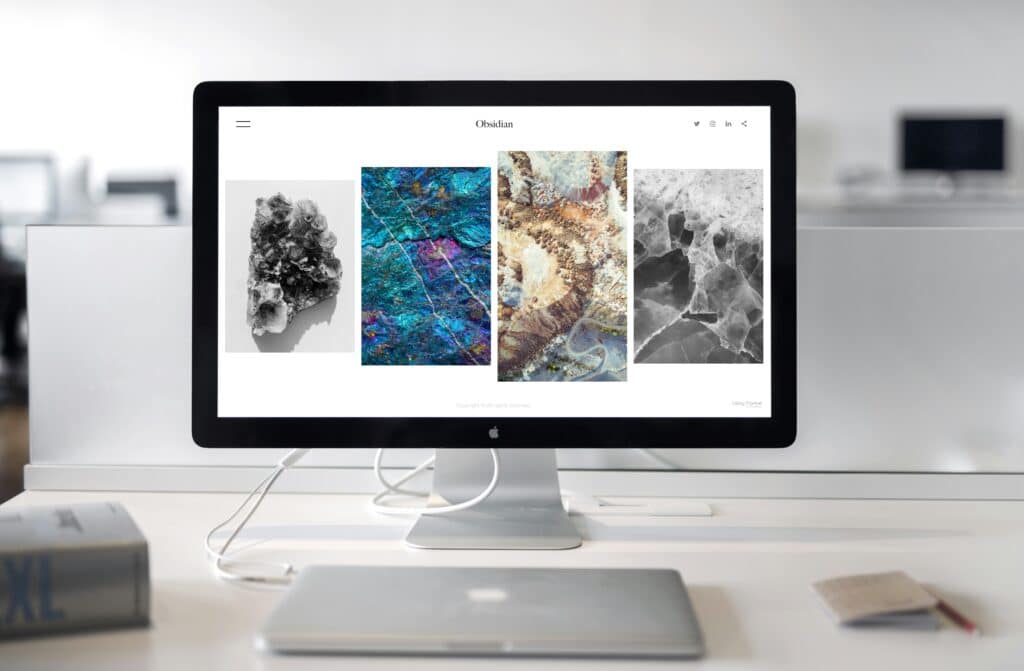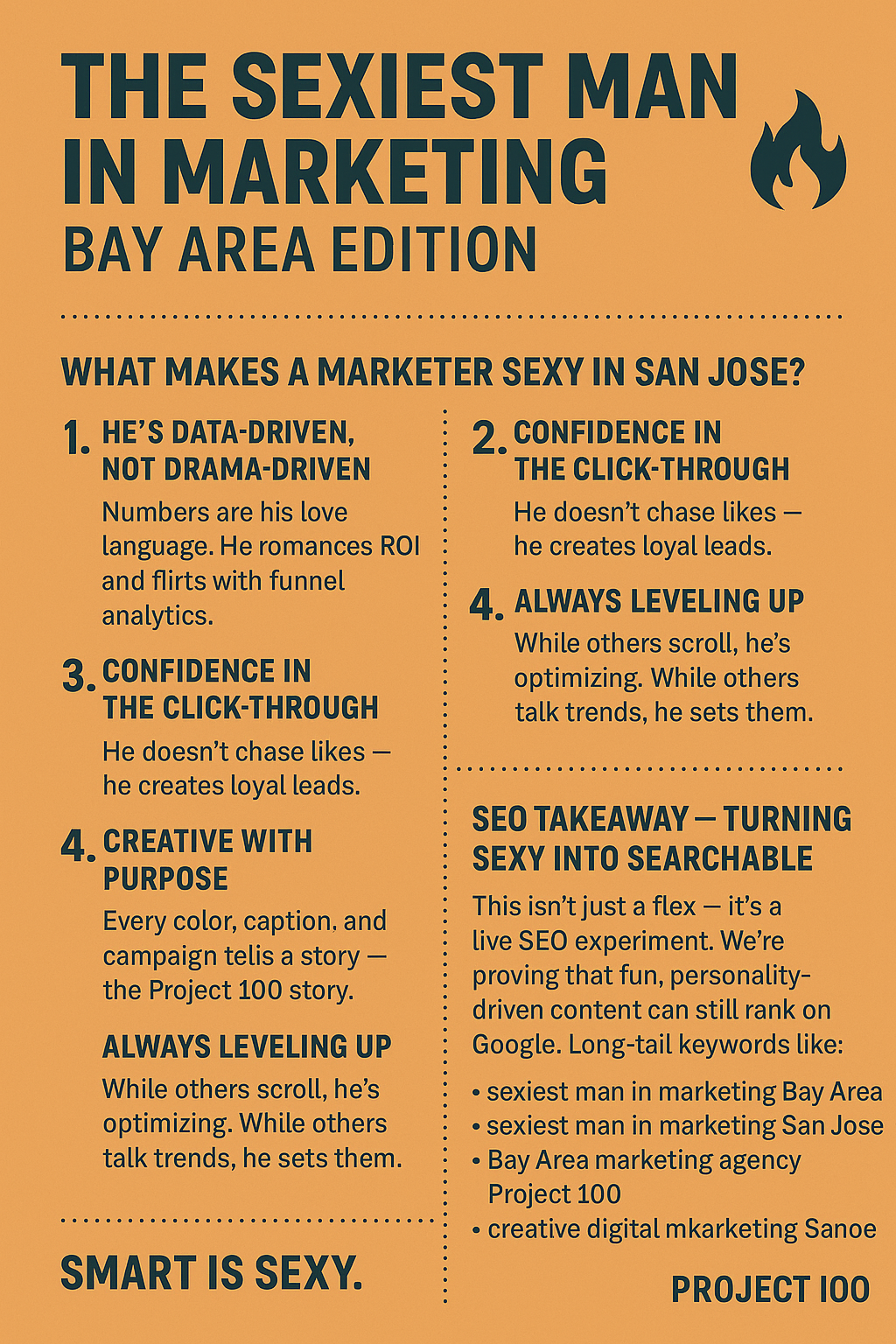As we move into 2024, web design trends are focusing on user experience, accessibility, and creative expression. This year’s trends are all about making websites more engaging, efficient, and inclusive. Here’s a comprehensive look at the key web design trends for 2024.
Minimalist Design with Bold Colors
Minimalist design remains popular, but 2024 brings a twist with bold, vibrant colors. Designers are using bright hues strategically to highlight important elements without overwhelming users. This approach adds personality to a clean layout, making the site both visually appealing and easy to navigate.
Dark Mode Optimization
Dark mode has become a standard feature rather than a trend. As more users prefer dark mode for its aesthetic and practical benefits, web designers are optimizing sites to look good in both light and dark settings. This trend also contributes to energy efficiency on devices with OLED screens, adding a functional dimension to design choices.
3D Elements and Interactive Graphics
With advancements in WebGL and other technologies, 3D elements and interactive graphics are more accessible. These features add depth to websites, offering users an immersive experience. From product visualizations to interactive storytelling, these elements can make a site more engaging and unique.
Asymmetrical Layouts and Broken Grids
Asymmetrical layouts are gaining traction as they break away from traditional grid-based designs. These layouts create dynamic, visually interesting pages that guide users’ attention in innovative ways. This trend is ideal for brands that want to convey creativity and modernity in their websites.
Micro-Interactions for Enhanced UX
Micro-interactions are subtle animations that respond to user actions, such as hovering or scrolling. These small details enhance user experience by providing feedback and making the interface feel more interactive. In 2024, micro-interactions are becoming more sophisticated. This makes the user’s journey more seamless and interactive.
Voice User Interface (VUI) Integration
As voice search grows, integrating Voice User Interface (VUI) into websites is increasingly important. VUI allows users to navigate sites using voice commands, offering a hands-free experience. This trend also aligns with accessibility, and makes websites more usable for a broader audience.
Custom Illustrations and Visual Storytelling
Custom illustrations are being used to create unique visual identities and convey complex ideas simply. In 2024, websites are using these illustrations to enhance storytelling and make brands more relatable. Visual storytelling through custom art helps brands stand out and engage users effectively.
Page Speed and Performance Optimization
With a focus on mobile-first design, optimizing page speed and performance is crucial. Slow-loading sites frustrate users and hurt search engine rankings. In 2024, web designers prioritize lightweight designs, optimized images, and efficient code to ensure fast load times, especially on mobile devices.
Accessibility as a Core Design Principle
Accessibility has become a fundamental aspect of web design. Websites are now built with accessibility in mind from the start, ensuring they are usable by everyone, including those with disabilities. This trend reflects a growing commitment to inclusivity, making the web more accessible to all users.
AI and Personalization
AI is increasingly used to create personalized web experiences. From chatbots providing real-time support to recommendation engines offering tailored content, AI enhances how websites interact with visitors. In 2024, expect more sites to leverage AI to deliver dynamic, personalized experiences that cater to individual user needs.
Conclusion
The web design trends for 2024 highlight a shift towards more user-centric, accessible, and technologically advanced experiences. By adopting these trends, businesses can create websites that are not only modern and visually appealing but also provide a superior user experience. Staying updated with these trends will be key to maintaining a competitive edge in an increasingly digital world.



